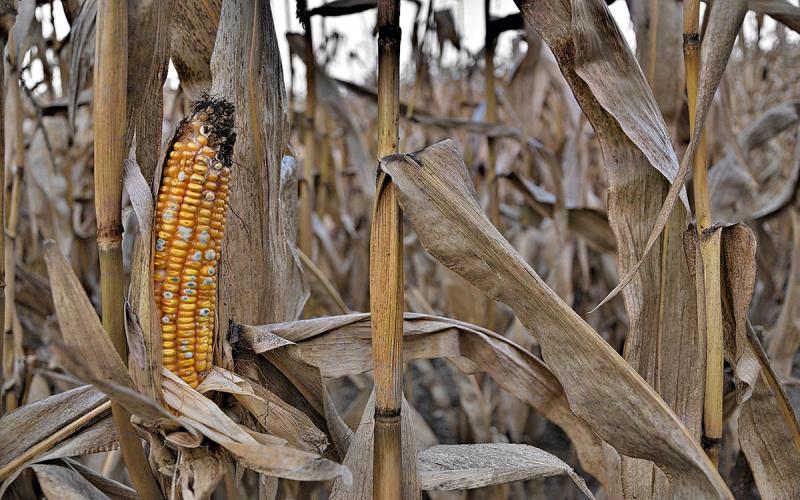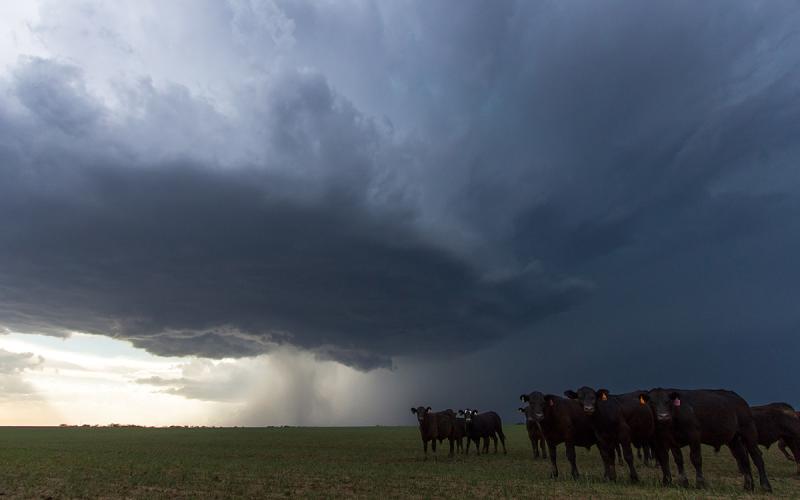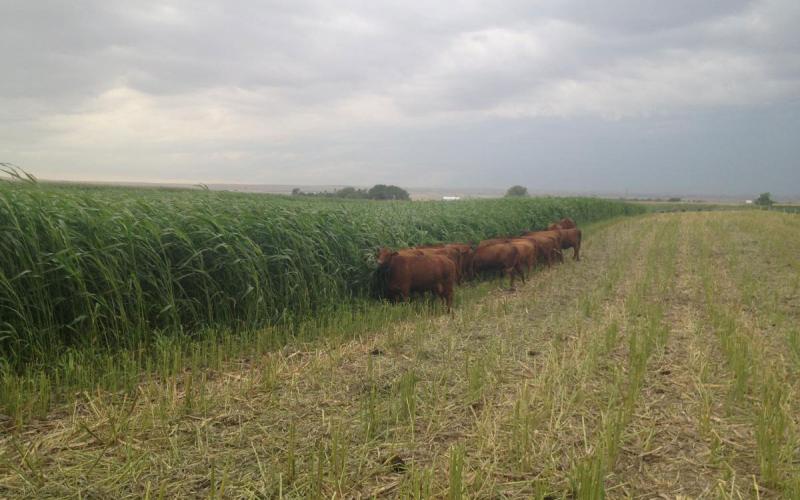Written collaboratively by Nicole Schwebach and Jeff Held.
About Acidosis
Acidosis (also known as lactic acidosis, grain overload, over-eating or grain poisoning) is a metabolic condition that most commonly occurs with lambs offered grain based diets, but can affect mature sheep. Over-consumption of grain causes excess production of lactic acid in the rumen resulting in pH levels falling below the threshold to maintain microbial bacteria populations and normal rumen function. Since acidosis is not an infectious or contagious disease, it is one of the easier conditions to control since it is dependent on nutrition management decisions.
Causes & Symptoms
Nutrition management related to starch intake from feed grains is the primary cause of acidosis in fed lambs. The key risk factors for acidosis involving management are abrupt shifts in the amount and rate of starch break down, and improper transition from fiber to starch based diets. Typically lambs are offered growing/finishing diets as grain + pelleted lamb supplement or mixed diets on a self-fed basis, it is expected that either practice results in excellent lamb growth and health. To meet these expectations feeding management must be consistent by having feed access at all times and minimize changes in the physical form of the dietary ingredients. For intensively managed farm flock systems transition from creep to growing/finishing diets is generally seamless; however for lambs reared on pasture it is critical to properly transition lambs from their fiber based diet to those with high levels of starch. An inadequate transition period to starch based diets is a most common cause of lamb acidosis.
Observations of acidosis are generally noted 12 to 48 hours following a disruption in good nutrition management. Common signs to look for are loose stools, loss of appetite and depression, lameness, loss of consciousness and death. Animals will often isolate themselves with ears down and frequent teeth grinding.
Management
Prevention of acidosis is most dependent on good feeding management practices. Monitoring feeding devices to ensure that there is never a break in the feed supply is very important. For grass reared feeder lambs the transition to starch based diets over the course of 2-3 weeks is necessary. It is common today to start these lambs primary with pelleted soyhulls then substitute corn in increments of 5-10% of diet every 3-5 days until reaching the formulation goals. The physical form of the diet is also important, for instance, over processed grain (finely ground) increases the rate of starch breakdown in the rumen resulting in a higher risk for acidosis. Access to limited amounts of long-stemmed hay either added to the diet (5-10%) or in a bunk provides additional protection against acidosis due to increases in rumen activity associated with cud chewing. The action of cud chewing increases the flow of natural antacid from saliva to the rumen. The natural antacid is sodium bicarbonate, the same chemical found in baking soda. With acute acidosis administering orally a solution of water and baking soda has been shown to be an effective treatment option.


